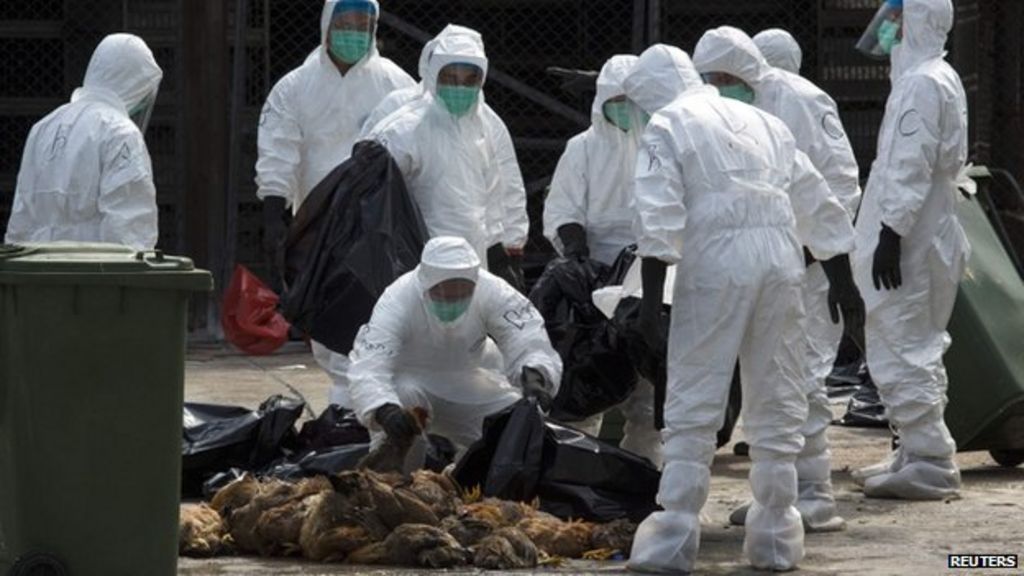In recent months, Hong Kong has found itself grappling with the ever-looming threat of the H7N9 bird flu virus. A pathogen notorious for its virulence and potential to wreak havoc on both avian and human populations, the H7N9 strain has showcased its capability to adapt, sparking alarm and igniting preventive measures across the region.
In a decisive move to curb the spread of the virus, authorities resorted to extensive culling, leading to the eradication of approximately 20,000 chickens. This drastic action, though harsh, underscores the city’s commitment to safeguarding public health. It is not merely a response to an immediate crisis but reflects a broader strategy of vigilance employed to contain zoonotic diseases, which possess the unnerving propensity to jump from animals to humans.
The culling of poultry may elicit strong emotional reactions, particularly among animal rights advocates. However, the complexities surrounding public health make such measures indispensable. H7N9’s ability to cause severe respiratory illnesses in humans adds a layer of urgency to these interventions. Since its discovery, the virus has lead to several outbreaks, with mortality rates high among those infected. This alarming trajectory has heightened the stakes for health officials, compelling them to act swiftly and decisively.
The fascination with bird flu is not merely due to its impact on health; it also reflects humanity’s ongoing struggle with nature and our precarious position within it. Historically, pandemics have shaped societies, influencing everything from economic stability to social structures. The mere specter of another outbreak can shrouded the public consciousness with anxiety and intrigue. Why do certain pathogens capture our attention so profoundly? Could it be that they serve as stark reminders of our vulnerabilities?
Moreover, the geographic positioning of Hong Kong makes it a critical juncture for avian migrations and human-commercial interactions. The interplay between biodiversity and urbanization creates a fertile ground for pathogens to thrive. Understanding this relationship is crucial, as it can illuminate the underlying dynamics of outbreak patterns and facilitate more effective containment strategies.
In light of these considerations, Hong Kong’s response to the H7N9 threat transcends mere public health policy; it becomes a narrative threaded with deeper significances. The city’s proactive measures, while disruptive, reveal an underlying resilience and a commitment to public safety. As we observe the unfolding situation, it becomes evident that the struggle against such viral threats is not solely about the culling of chickens or vaccine development, but rather an intricate dance with nature that demands constant adaptability and foresight.
